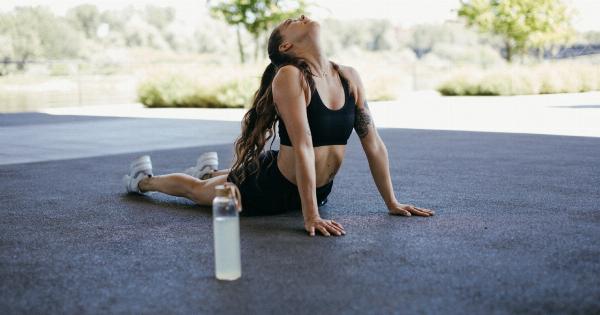Neurological conditions affect the nervous system and can have a significant impact on a person’s movement and mobility.
These conditions can manifest in various ways, such as muscle weakness, tremors, coordination problems, and difficulties with balance and posture. While these challenges may pose limitations, there are strategies and exercises that can help individuals with neurological conditions improve their movement and quality of life.
1. Consult with a Healthcare Professional
If you have been diagnosed with a neurological condition, it is crucial to consult with a healthcare professional, such as a neurologist or physiotherapist, who specializes in managing and treating neurological disorders.
They can assess your specific condition and develop a personalized treatment plan to address your unique needs.
2. Engage in Regular Physical Activity
Regular physical activity is vital for everyone, including individuals with neurological conditions. Exercise can help improve strength, flexibility, balance, and coordination.
Consider low-impact activities such as swimming, yoga, tai chi, or cycling, which can be gentle on the joints and muscles while still providing numerous health benefits.
3. Focus on Strengthening Exercises
Participating in resistance training exercises can help strengthen muscles and improve overall mobility. Incorporate exercises that target specific muscle groups affected by your neurological condition.
Work with a qualified fitness professional who can guide you through the appropriate exercises and ensure proper form to avoid injury.
4. Practice Balance and Coordination Exercises
Many neurological conditions can impact balance and coordination. Engaging in exercises that specifically target these areas can help improve stability and reduce the risk of falls.
Examples of balance and coordination exercises include standing on one leg, heel-to-toe walking, and yoga poses that challenge balance.
5. Consider Physical Therapy
Physical therapy is a valuable resource for individuals with neurological conditions. A skilled physical therapist can develop a targeted treatment plan to address your specific challenges and help improve your movement capabilities.
They may incorporate a variety of techniques, such as stretching, strengthening exercises, and balance training.
6. Utilize Assistive Devices
Assistive devices can enhance mobility and independence for individuals with neurological conditions.
Depending on your specific needs, your healthcare professional may recommend using walking aids, such as canes or walkers, to provide stability and support. Additionally, orthoses and braces can help improve joint stability and correct abnormal walking patterns.
7. Explore Mind-Body Practices
Engaging in mind-body practices, such as yoga or tai chi, can be beneficial for individuals with neurological conditions. These practices focus on connecting the mind and body, improving relaxation, balance, and overall well-being.
Consult with a qualified instructor who can modify movements to suit your abilities and limitations.
8. Break Tasks into Manageable Steps
For individuals with neurological conditions that affect coordination and concentration, breaking tasks into smaller, manageable steps can make activities more achievable.
This approach reduces the feeling of being overwhelmed and allows for gradual progress. Consider using visual aids or verbal reminders to help with task sequencing.
9. Modify Your Environment
Adapting your environment to accommodate your unique needs can greatly enhance your movement capabilities. Clearing clutter, ensuring adequate lighting, and removing unnecessary obstacles can make it easier to navigate your surroundings safely.
Consider installing grab bars and handrails in critical areas to provide additional support and stability.
10. Seek Support and Join Support Groups
Living with a neurological condition can be challenging at times, both physically and emotionally. Seeking support from others who share similar experiences can provide a sense of understanding and help you navigate through the ups and downs.
Consider joining support groups or online communities where you can connect with others facing similar challenges.






























